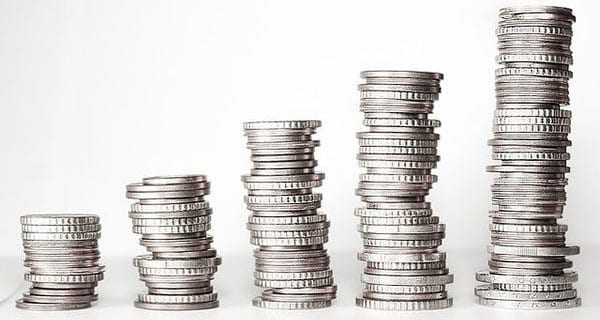 Alberta’s fiscal policies are unsustainable and the province’s deficit could reach $40 billion by 2040, says a new report by the University of Calgary’s School of Public Policy.
Alberta’s fiscal policies are unsustainable and the province’s deficit could reach $40 billion by 2040, says a new report by the University of Calgary’s School of Public Policy.
The report, Alberta’s Long-Term Fiscal Future by economist Trevor Tombe, says the province has neither a revenue problem nor a spending problem. It has a budget problem.
“An aging population will increase government spending significantly, and tax revenue will fail to keep pace. A persistent dependence on resource royalties adds to the uncertainty. And even if current plans to balance early in the next decade succeed, fiscal pressures will mount and deficits balloon,” says the report.
“A deficit of this magnitude, combined with capital investments that also add to debt, could raise the ratio of net debt to GDP to almost 50 per cent by 2040 – higher than any point in Alberta’s history. And rising debt means rising interest costs. By 2040, interest payments alone may balloon to more than $22 billion, or 17 per cent of government’s total revenue.”
In his report, Tombe said Alberta’s fiscal gap – defined as the permanent and immediate reduction in expenditures or increase in revenues required to ensure sustainable future debt levels – is equivalent to 2.7 per cent of GDP.
“For perspective, that means cutting government expenditures by $1 out of every $6 spent or introducing a 10 per cent sales tax. But moderation, rather than extremism, is the best long-term approach. A combination of restrained spending growth and modest new revenues – rather than focusing solely on either tax increases or harsh spending cuts – will create a sustainable economic future for Alberta,” he wrote.
“Broader tax reform should also be on the table. A sales tax, for example, could be used to lower income taxes and lessen our dependence on volatile resource royalties. On the spending side, careful cost-benefit analyses and assessment of delivery efficiency could reveal plenty of opportunities to reduce spending.”
Tombe said the province’s fiscal challenges can be managed and the fiscal gap eliminated but Alberta has to abandon short-term political thinking and do things differently.
“Alberta has neither a revenue problem nor a spending problem; it has a budget problem,” said Tombe in his report. “Not since the 1980s have budget deficits been as large or as persistent as they are today. In recent years, they have exceeded $10 billion per year and are expected to remain nearly as large until resource revenues rise.
“Following its latest budget, the government-projected debt will reach $96 billion by 2023/2024, which – netting out government financial assets – is equivalent to over 12 per cent of GDP. Though a debt burden below other provinces, it is a larger level than Alberta has seen in nearly 80 years. And on a per capita basis, the over $20,000 per person by 2023-2024 is double the current debt levels of B.C. and Saskatchewan and approaches Ontario’s and Quebec’s levels today.”
The views, opinions and positions expressed by columnists and contributors are the author’s alone. They do not inherently or expressly reflect the views, opinions and/or positions of our publication.

